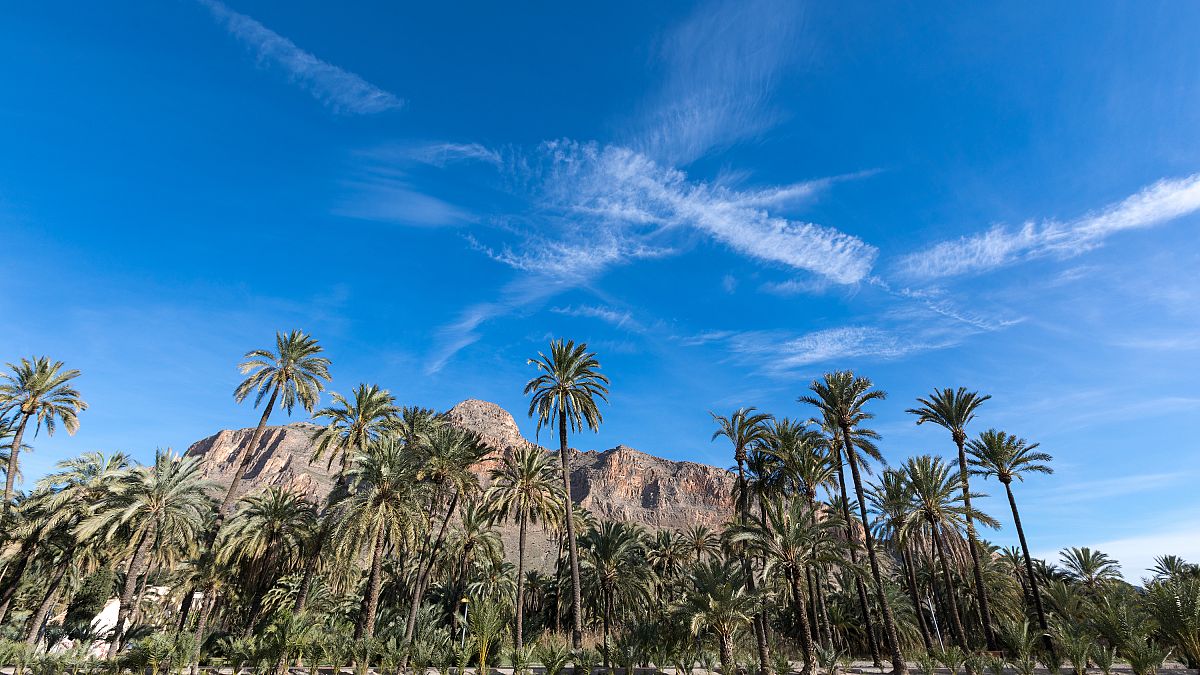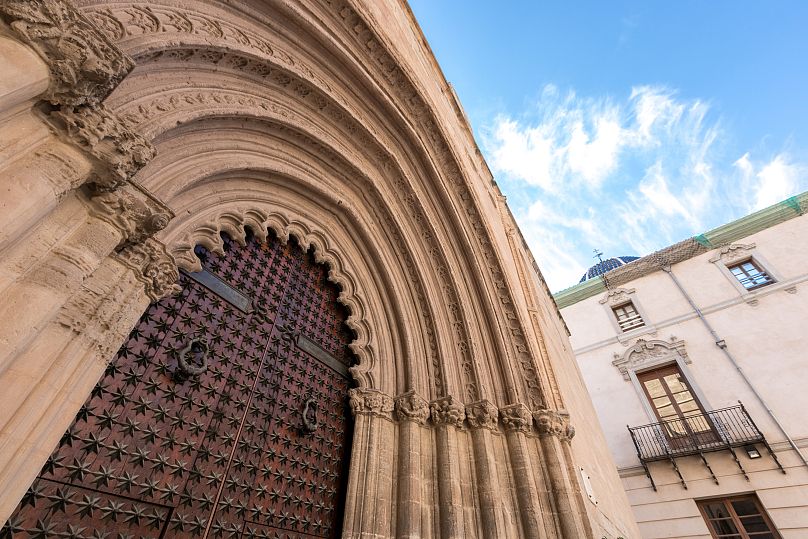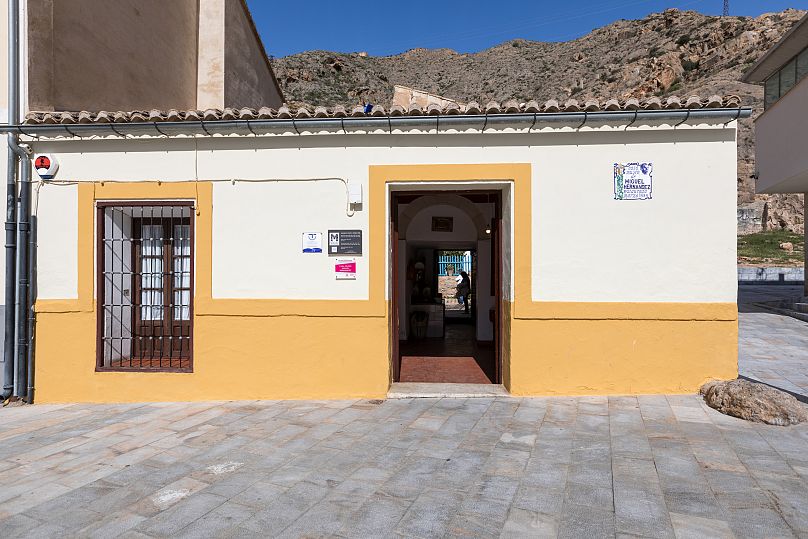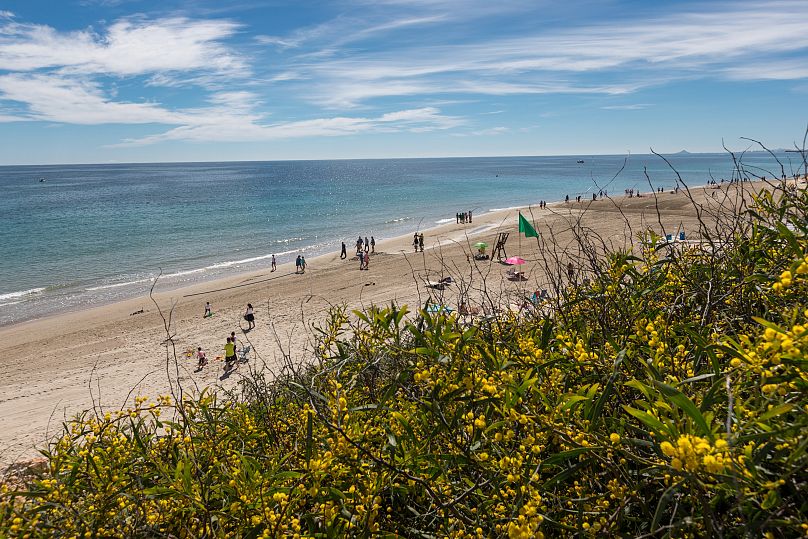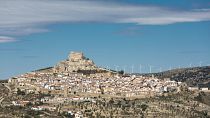Nestled in the southwestern corner of Alicante adjacent to the province of Murcia lies the region of Orihuela, one of Spain’s best-kept secrets.
Away from the bustle of Valencia city and the bright lights of Benidorm, the capital of Alicante's Vega Baja Del Segura region is a place where rich culture meets incredible cuisine and the leisurely pace of life is played out on the backdrop of jagged coves, crystalline coastline and untouched countryside.
Perched on the banks of the Segura River, Orihuela is considered one of the most outstanding religious-cultural expressions of Spain, though its history is only the beginning of its charm.
Here, 16 kilometres of pristine blue-flag beaches connect to colourful streets peppered with architectural gems, which are overlooked by lofty mountain peaks.
Factor in Europe’s second largest Palm Grove, farm-to-fork cuisine and year-round sunshine and Orihuela may just be the place you never want to leave.
Museums and monuments
Orihuela is the heritage capital of Alicante, and the best place to start your cultural journey is the town centre, which was declared a Historic Artistic Conservation Area in 1969.
Step back in time as you wander through a charming treasure trove of monuments, churches and palaces dating back to medieval times, starting with Colegio Diocesano de Santo Domingo, a former convent turned university.
With its statuesque Corinthian columns and magnificent baroque doors, the monument’s architecture is a sight to behold, as is the Catedral del Salvador y Santa María, a majestic Valencian-Gothic fortress dating back to the late 13th century.
To explore Orihuela’s fascinating origins, head to Museo de la Muralla to admire historic relics including the original town walls and Gothic architecture.
Art lovers, meanwhile, should make a beeline for the town’s network of museums, including the Museo Diocesano de Arte Sacro for an extensive collection of religious paintings, cultures, clothing and books. The highlight of the collection is a masterpiece by Velázquez: La tentación de Santo Tomás de Aquino, or “The Temptation of Thomas Aquinas”, which was painted in 1632.
The history of religion is deeply woven into the fabric of Orihuela and the parish church of Iglesia Santa Justa y Rufina is worth a visit for its Renaissance facade and Gothic bell tower alone.
Crafted by medieval masons, the church was built over a mosque after the town’s reconquest in 1243. Today, visitors can see architecture from both periods through the single-naved interior,
Poetry, politics and open-air paintings
Perhaps one of the most influential figures from the region is poet and playwright Miguel Hernández, who died in prison in 1942 after being jailed for his political beliefs and his role against fascism in the Spanish Civil War.
Casa Museo Miguel Hernández allows literary enthusiasts to take a glimpse into the poet’s humble beginnings and wander around the rooms where he lived with his family and created some of his best works.
Today, Hernández’s legacy lives on in Orihuela and nowhere more so than the San Isidro district where a wave of thinkers, writers and artists have transformed the humble dwellings into an area of living, breathing art.
Once a place to pay tribute to Hernández, what was effectively a shrine in 1976 has taken on a new lease of life as the canvas for the city’s muralists.
Now, a cascade of colour and creativity spills down the hillsides and streets in what has become a fascinating monument for free speech and expressionism.
Every March, artists come together to add to the murals and continue the neighbourhood’s exhilarating overhaul into an open-air museum.
In recent years, tributes have also taken the form of a pilgrimage, with walkers embarking on a scenic 19km journey from Orihuela to Albatera known as the Poet’s Path or Hernandiana Route, that passes through areas of cultural significance.
Seafood and stews in the City of Rice
The gastronomic traditions in the province of Orihuela speak of the area’s landscapes where palm groves and gardens rub shoulders with the sparkling Mediterranean.
Known as the “City of Rice”, Alicante’s gastronomic identity has been preserved for centuries, and Orihuela is a bubbling pot of flavours, spices and stories passed down through generations.
Today, visitors are spoiled for choice by myriad bars and restaurants serving up local and international dishes, and the best way to overcome the difficulty of choosing a dish is to order them all.
Tapas is Spain’s most compelling culinary dish packed with a variety of complementing tastes and Orihuela adds its own local variations to the mix, with fresh produce in abundance from El Palmeral palm grove and the area’s many farms.
Every pantry in the province has salted fish, an ingredient used in dishes like pericana, a traditional spread made with cod, ñoras or dried peppers, garlic and olive oil. The nearby coastline, meanwhile, provides ample fresh seafood served straight to your plate.
Other local specialities include the famous arroz y costra, a rice dish baked with sausage and beaten eggs, or the hearty cocido de pelotas, a meatball and vegetable stew of Jewish origin. For something sweet, grab some almojábanas and pasteles de Gloria, pastries made in traditional ovens found in bakeries and convents.
From the intoxicating smells emanating through the streets to the bright and varied dishes that form a medley on the plate, Orihuela’s cuisine is a lesson in not only flavour but geography, culture, and history – and there’s no better way to learn than to pull up a chair.
